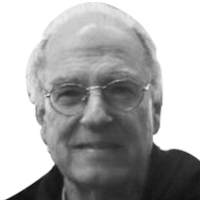World
Photo Illustration by Kelly Caminero/The Daily Beast
South Korea’s New Political Darling Is Kim Jong Un
WEDGE ISSUES
If the Kimster’s charm initiative was meant to undermine the alliance between Seoul and Washington, it’s working out well.

Trending Now





